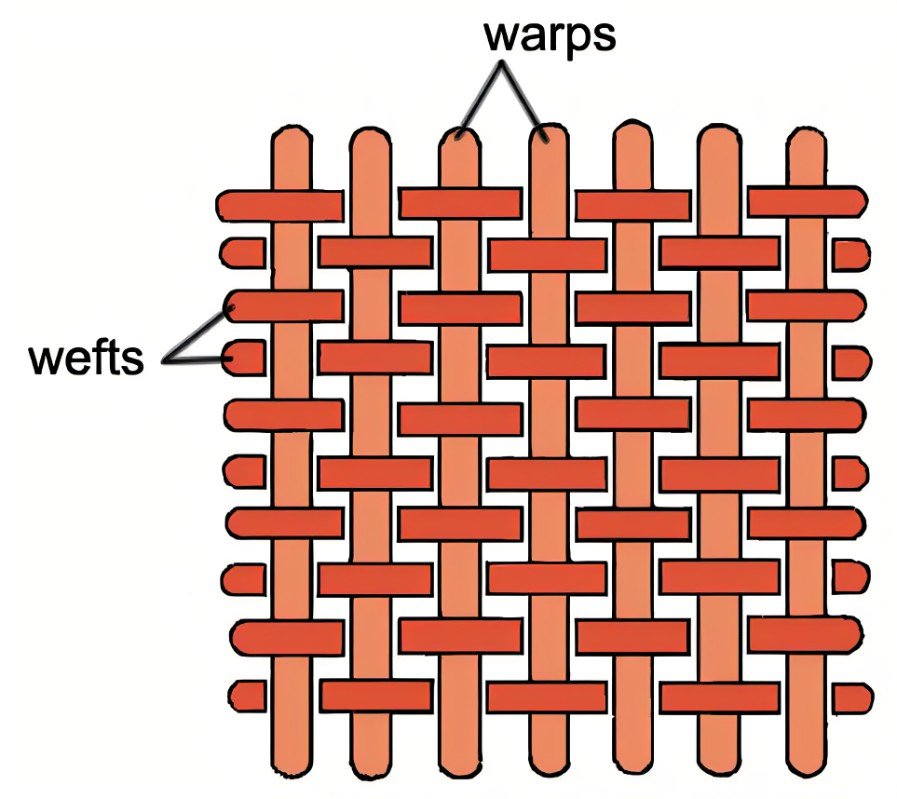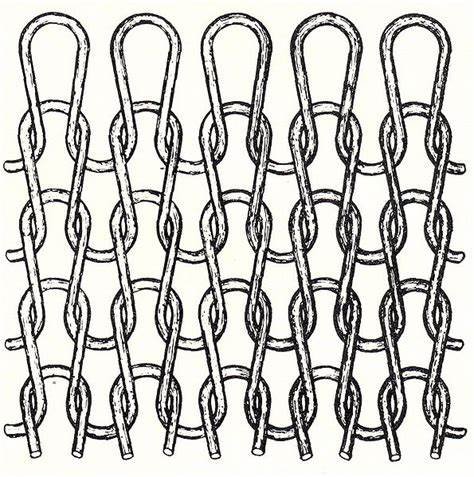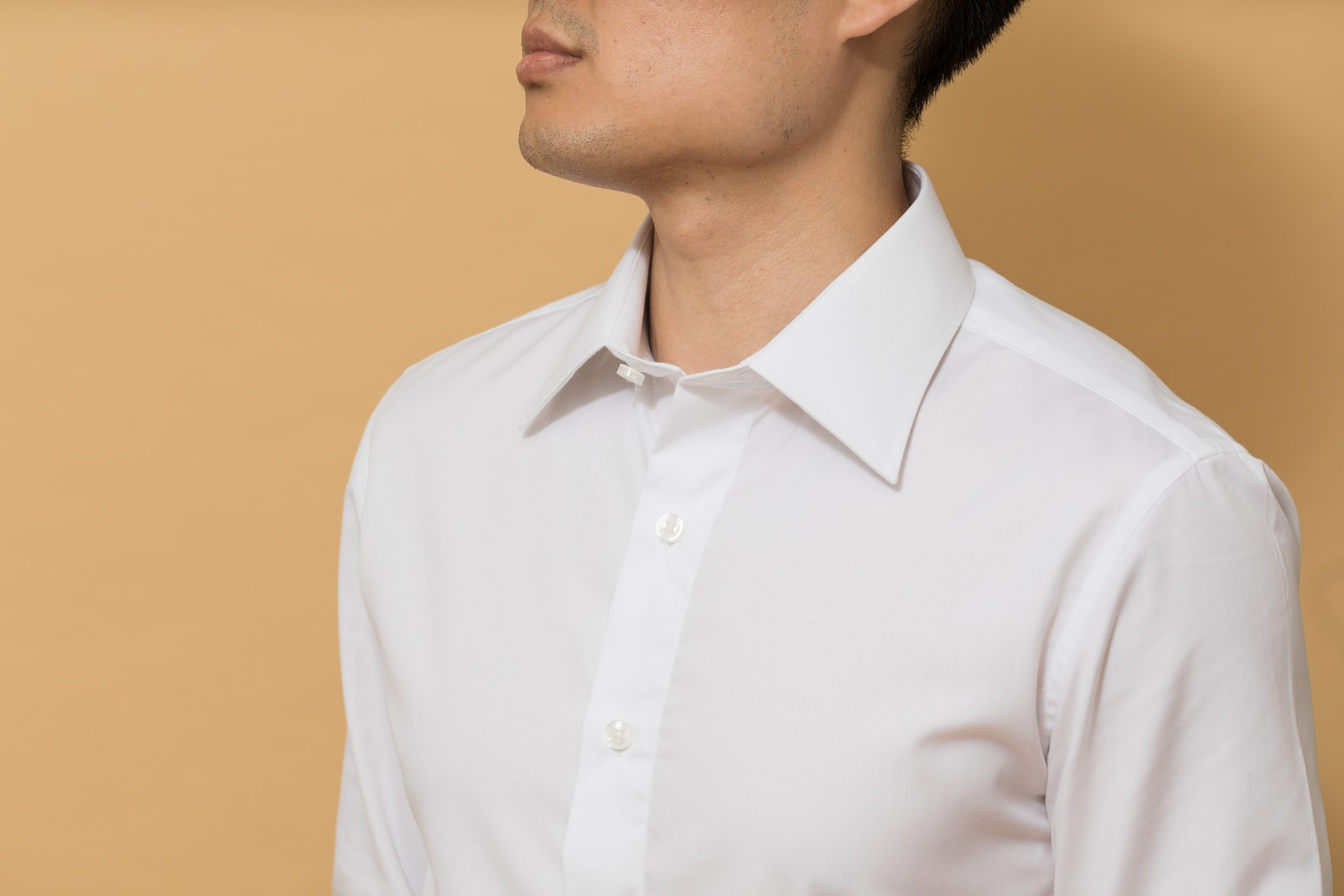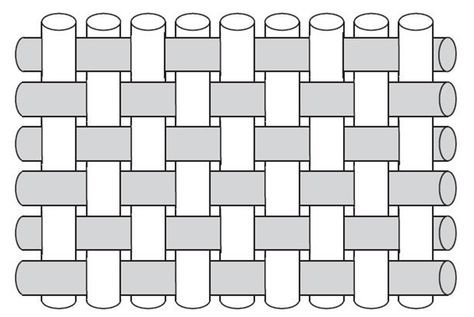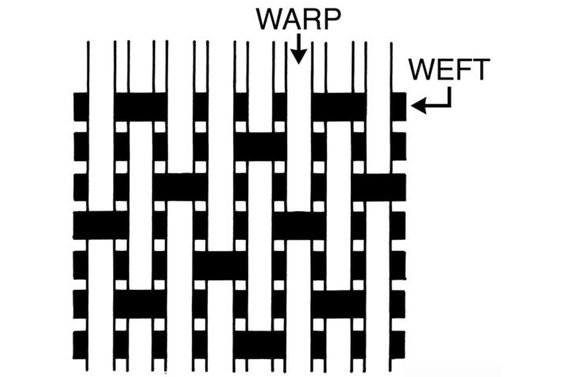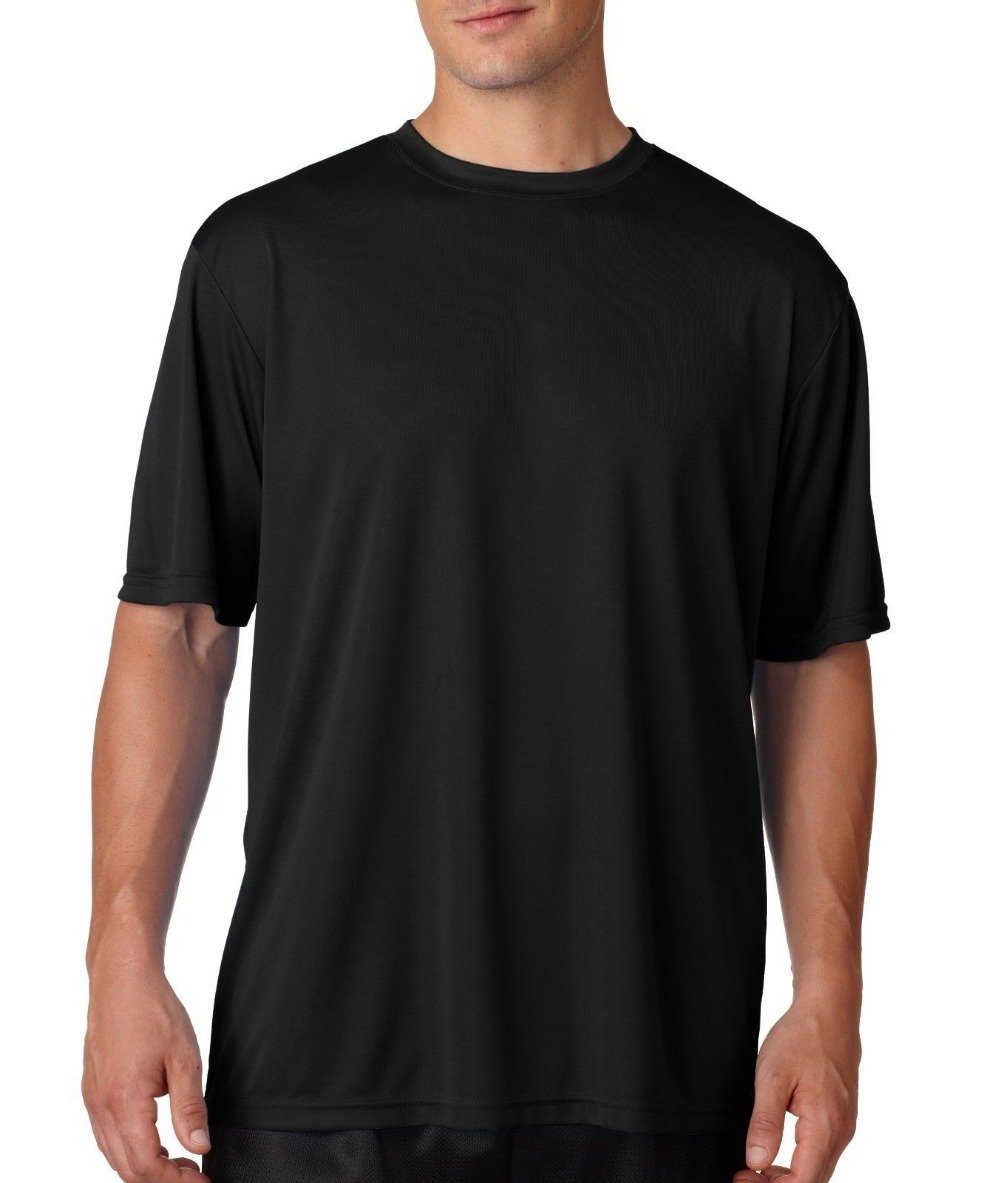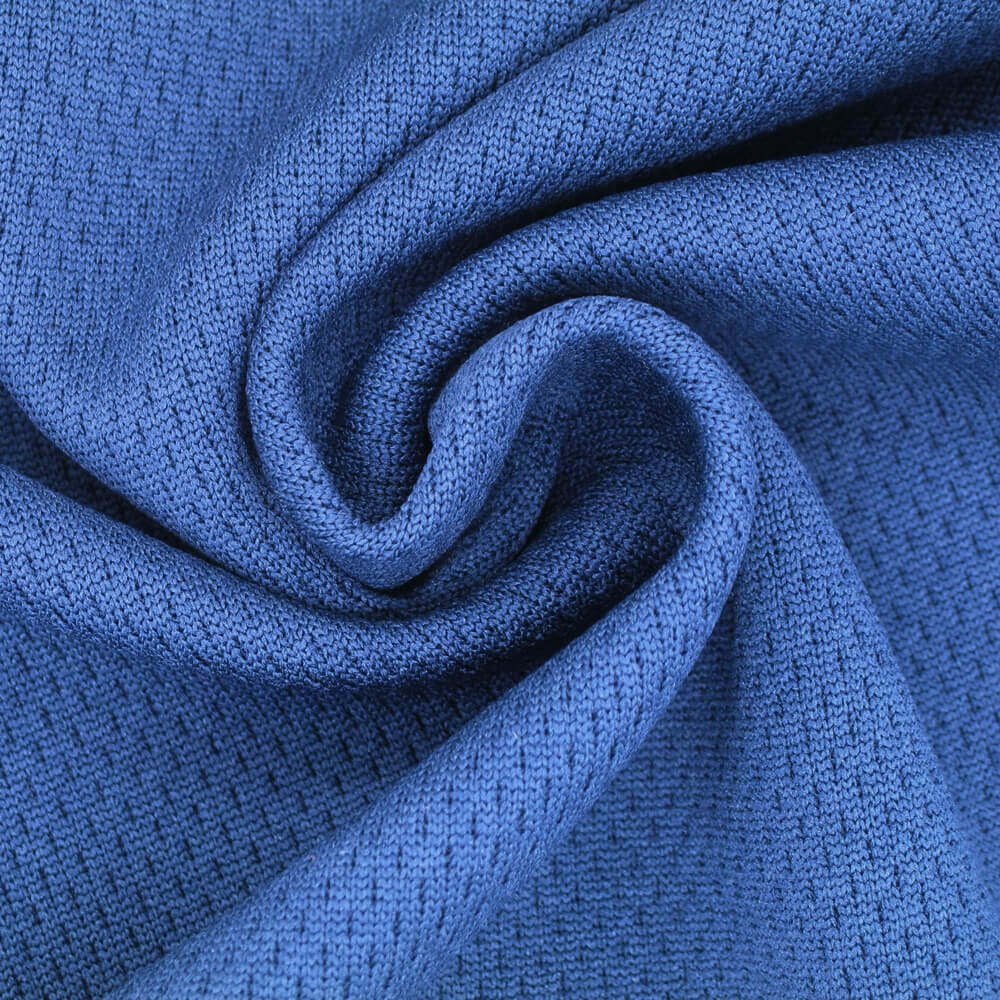About Textile Formation
When we speak about ‘woven’ and ‘knitted’ we are referring to the process under which yarns have been formed into fabric. Even though woven fabrics look different to knitted ones, many people still have a difficult time differentiating between the two. In this section we will discuss the differences between them, as well as the use case of each.
Woven Fabric
As the name suggests, woven fabrics are the result of weaving yarns together. By weaving we are combining warp (up and down) and weft (left and right) components to form fabric. Most woven fabrics are made with their outer edges finished in a manner that avoids raveling; we refer to them as selvages and are run lengthwise parallel to the warp of the fabric.
The way in which we interlace these yarns determines the kind of weave made. Aratex offers four types of such weaves including poplin (plain) weave, Oxford (basket) weave, Twill weave, and Satin weave. We will discuss each in more detail in the section below.
Knitted Fabric
Knitting is the process under which fabric is made by using a continuous yarn, or set of yarns, to create a series of interlocking loops. Whilst in weaves we refer to warp and weft, in knitted structures we consider the wale (up and down) and the course (left and right). The wale is a column of loops running lengthwise and the course is a crosswise row of loops.
Similarly to woven fabrics, we can utilize this system to create several structures. These include jersey, mesh (bird eye), and pique.
Types Of Weave
Poplin (Plain)
Poplin is a plain weave with very fine horizontal ‘ribs’ that typically gives a corded surface. Since it has a plain over/under weave, the fabric displays a plain surface with no ribbing.
Fabric made with the poplin weave is inherently wrinkle resistant and easy to iron. As such it is very popular for the making of men’s and women’s shirts.
Oxford
Oxford is a basket weave in which multiple weft threads are crossed over an equal number of white warp threads. This gives the fabric a very refined two-tone appearance. Since it is a tow-by-two weave, it is slightly rougher than poplin fabrics but is also more durable and robust. The pleasant appearance of the dual tone, coupled with its durability, makes this weave a popular choice for buttoned shirts.
Twill
Twill is a versatile weave and very common choice of fabric; just look at the jeans you are wearing. The structure is known for its signature diagonal lines. Twill weaves are extremely durable and hides stains very well. It is for this reason that it is commonly used in coverall uniforms as well as in aprons and chef jackets, just to name a few.
Satin
The Satin weave is known to be characteristically smooth, lustrous and glossy. It is made by four or more weft yarns floating over a single warp yarn and vice versa. Unlike other weaves, light is not scattered when hitting the fibers which gives a stronger reflection of light and thus its famous shine. It is famously used for women’s blouses and its anti-wrinkling property means it is also increasingly popular for making hassle free lab-coats.
Jersey
Jersey is a single-knit fabric that is famous for its softness and inherent stretch properties. It is made when the yarn is twisted and combines in a close-knit structure. In essence it is a series of twisted vertical yarns connected by untwisted horizontal yarns. Because of its breathability, jersey fabrics are popular with t-shirts, although depending on the composition it can also be used in sports-wear.
Mesh
Mesh fabric is a loose-knit material that comes in a wide range of weights snd compositions. Yarns are knitted together in a grid pattern to form numerous tiny holes. This gives mesh its unique appearance and breathability. For this reason mesh knitted fabrics are exceedingly popular in 100% polyester composition and used in the manufacturing of sporty-looking tops.
Pique
Pique is a double knit fabric with a waffled structure. It is considered one of the denser fabrics due to the manufacturing process of interlocking two warps and two weft threads. Pique is easy to care for and extremely robust. This makes it the ideal material for the manufacturing of polo shirts.



